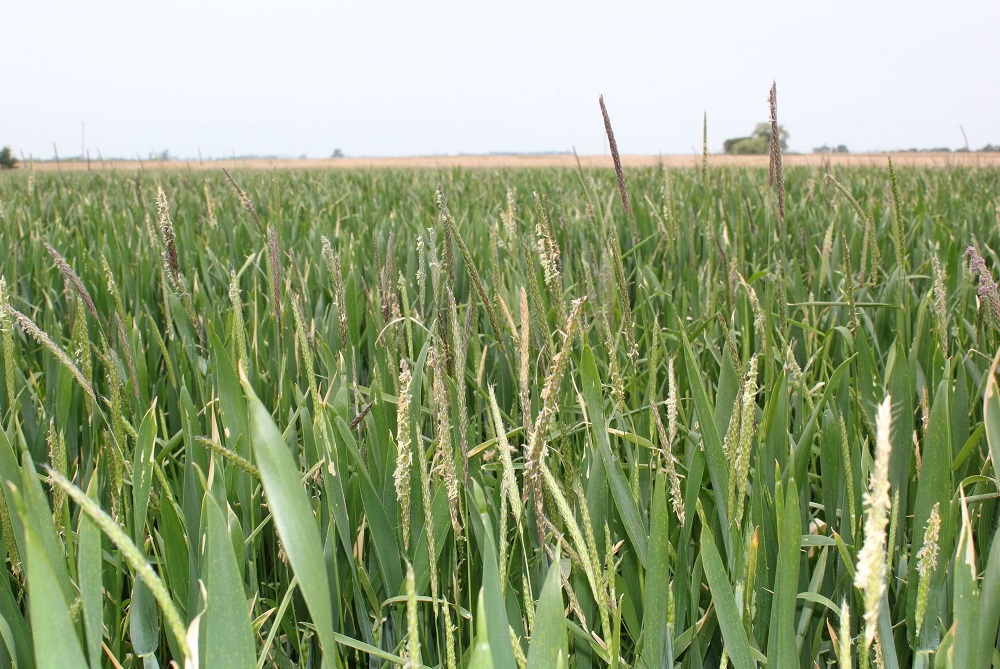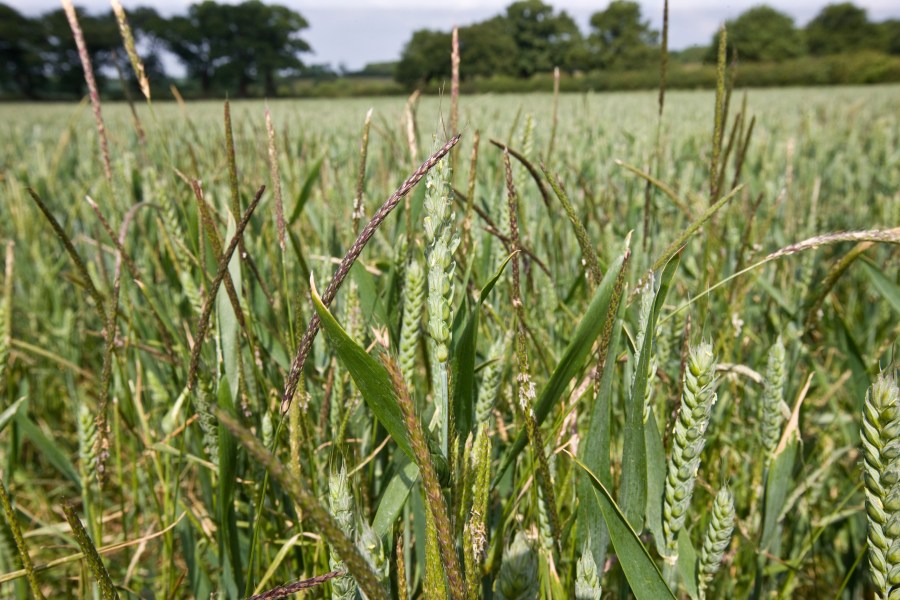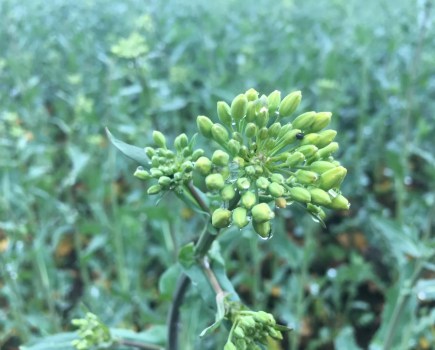 Growers facing high blackgrass dormancy this season are being encouraged to extend the application of residual chemistry by using ethofumesate in post-emergence sprays, according to the latest advice from UPL. Charlotte Cunningham reports.
Growers facing high blackgrass dormancy this season are being encouraged to extend the application of residual chemistry by using ethofumesate in post-emergence sprays, according to the latest advice from UPL. Charlotte Cunningham reports.
Although pre-emergence chemistry plays a vital role in controlling blackgrass, due to a predicted extended emergence period, further support may be needed to effectively reduce populations, according to UPL.
“Ethofumesate, active ingredient of Xerton, is applied to winter wheat from two to six leaves of the crop,” said Rob Adamson, technical support for UPL UK & IE.
“It’s compatible with flufenacet plus diflufenican mixtures such as Reliance, as well as iodosulfuron plus mesosulfuron mixtures, such as Atlantis WG.”
Target site resistance
According to Rob, post emergence residual choice is even more critical when there is acetolactate synthase (ALS) target site resistance, as alternative strategies will be needed. “There’s no known resistance to ethofumesate in blackgrass, which means that this provides a valuable alternative mode of action in the residual stack.
“This is because it belongs to the benzofuran chemical family and its mode of action is similar to that of Avadex, which works by preventing lipid synthesis rather than acetyl CoA carboxylase (ACCase) inhibition.”
Flufenacet is regarded as the ‘backbone’ of the pre-em programme, with the active being applied both pre-emergence, as well as post, he adds. “Ethofumesate can be used to add to flufenacet ‘top-ups’, where 120-240g of flufenacet can be applied post-emergence of the crop.
“Using it at this timing as a follow up to initial chemistry, ensures that application of the active remains pre-emergence of the weed, enabling ethofumesate to work to its best ability.”
6% improvement
Long-term trials from 2011 to 2016 further support use of the active – on average, results showed a 6% improvement in blackgrass control, when ethofumesate was added post-emergence to a flufenacet-based programme.
“When it comes to controlling black-grass, every percent really does count, so a 6% increase is an attractive benefit of ethofumesate,” adds Rob.
“Looking to the future, we anticipate a pre-emergence registration for ethofumesate, as in Xerton, which is currently being considered by the CRD. This will open up further opportunities to utilise the chemistry considerably.”
To avoid crop damage, the advice from Rob is that ethofumesate and Xerton must be applied post-emergence, avoiding peri-emergence of the wheat. “Best use of the product is on soils not prone to percolation, to ensure the active remains in the zone where it is most effective.”
For more information about Xerton and to download the best use guide, visit www.upl-ltd.uk




